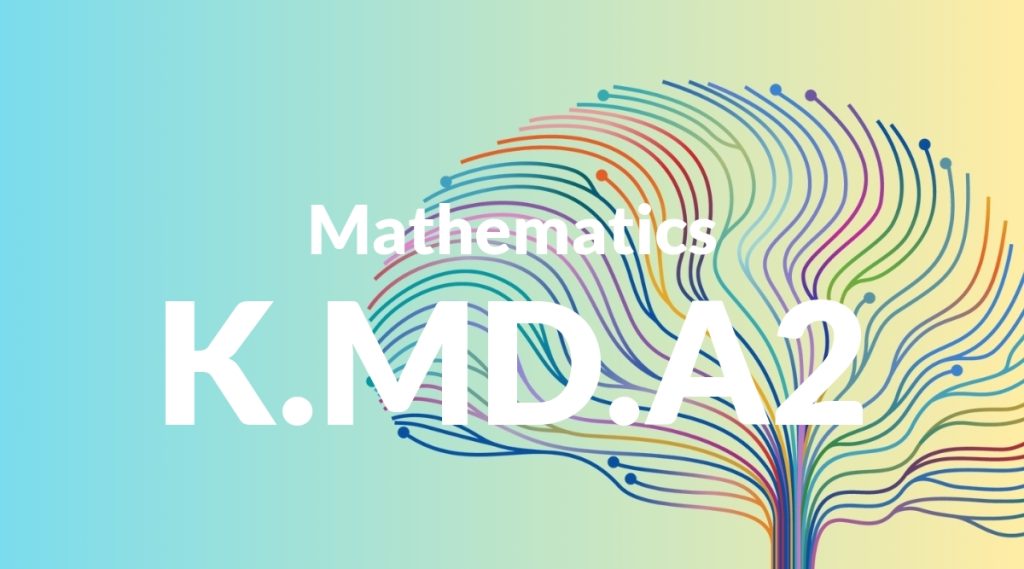Standard: K.MD.A2 – Directly compare two objects with a measurable attribute in common, to see which object has “more of”/”less of” the attribute, and describe the difference. For example, directly compare the heights of two children and describe one child as taller/shorter.
Grade level: Kindergarten
Subject: Mathematics
Domain: Measurement & Data
Teacher Overview
This standard focuses on helping students understand and compare measurable attributes such as length, height, and weight. It is crucial for developing foundational measurement skills that will be built upon in later grades. Students should already be familiar with basic measurement concepts and be able to identify and describe attributes like length, height, and weight.
After mastering this standard, students will be able to use standard units and tools to measure objects more precisely, laying the groundwork for more advanced measurement concepts.
Common Misconception 1
Some students may think that larger objects are always heavier. This misconception arises because they might equate size with weight without understanding the concept of density.
Intervention 1
Engage students in activities where they compare the weights of various objects, emphasizing that size and weight are different attributes. Use a balance scale to visually demonstrate these differences.
Common Misconception 2
Another common misconception is that taller objects always hold more volume. This happens because students might not yet understand that volume depends on more than just height.
Intervention 2
Provide students with various containers of different shapes and sizes. Have them fill and compare the volumes to understand that height alone does not determine capacity.
Prerequisite Knowledge
Students should understand basic concepts of measurement and be able to identify simple attributes such as length, height, and weight.
Subsequent Knowledge
Students will develop the ability to use standard units of measurement and tools to measure objects more precisely.
Instructional Activities
- Use a balance scale to compare the weights of different classroom objects.
- Have students measure and compare their heights with their classmates.
- Create a sorting activity where students group objects by size and weight.
- Use water to fill different containers and compare which holds more or less.




